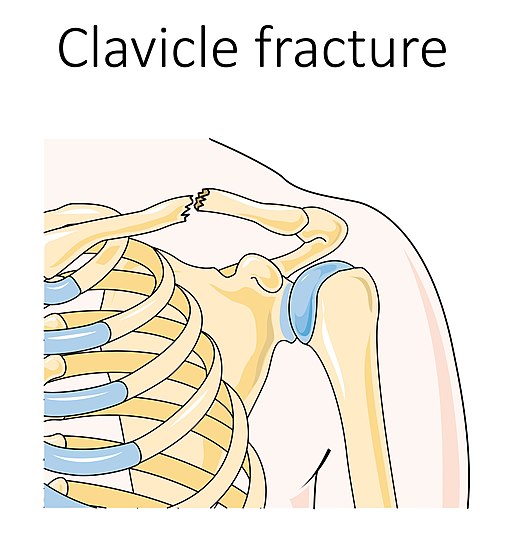1. 80-85% are mid-shaft fractures (other 10-15% are lateral 3rd and 5% are medial 3rd fractures) because of: 2. Deforming forces: 3. X-ray views: 4. Allman classification: Dameron and Rockwood classification for lateral 1/3 pediatric fractures: Type I: Mild strains of ligaments or periosteal tears Type II: Complete disruption of…

3 Things To Consider When Treating Chronic Depression
Are you treating a patient with chronic depression? Finding the right approach can feel like walking through a minefield, with very real consequences. The following information will help you come to the best decisions. When studying medicine, it is tempting to consider what you learn from your books as the…
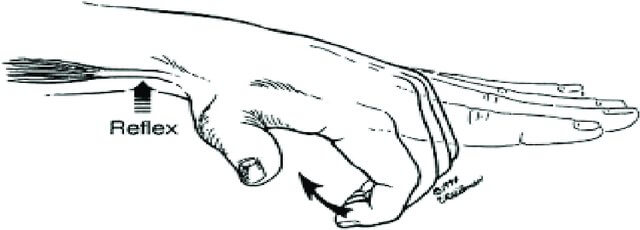
Inverted Reflexes
An inverted tendon reflex refers to the elicitation of the movement opposite to that normally seen when the reflex is elicited. Mechanism of Inverted Reflexes A lesion which simultaneously affects: This leads to 2 components: Mechanisms of hyperactive response: Types of Inverted Reflexes 1. Inverted supinator reflex: 2. Paradoxical triceps…
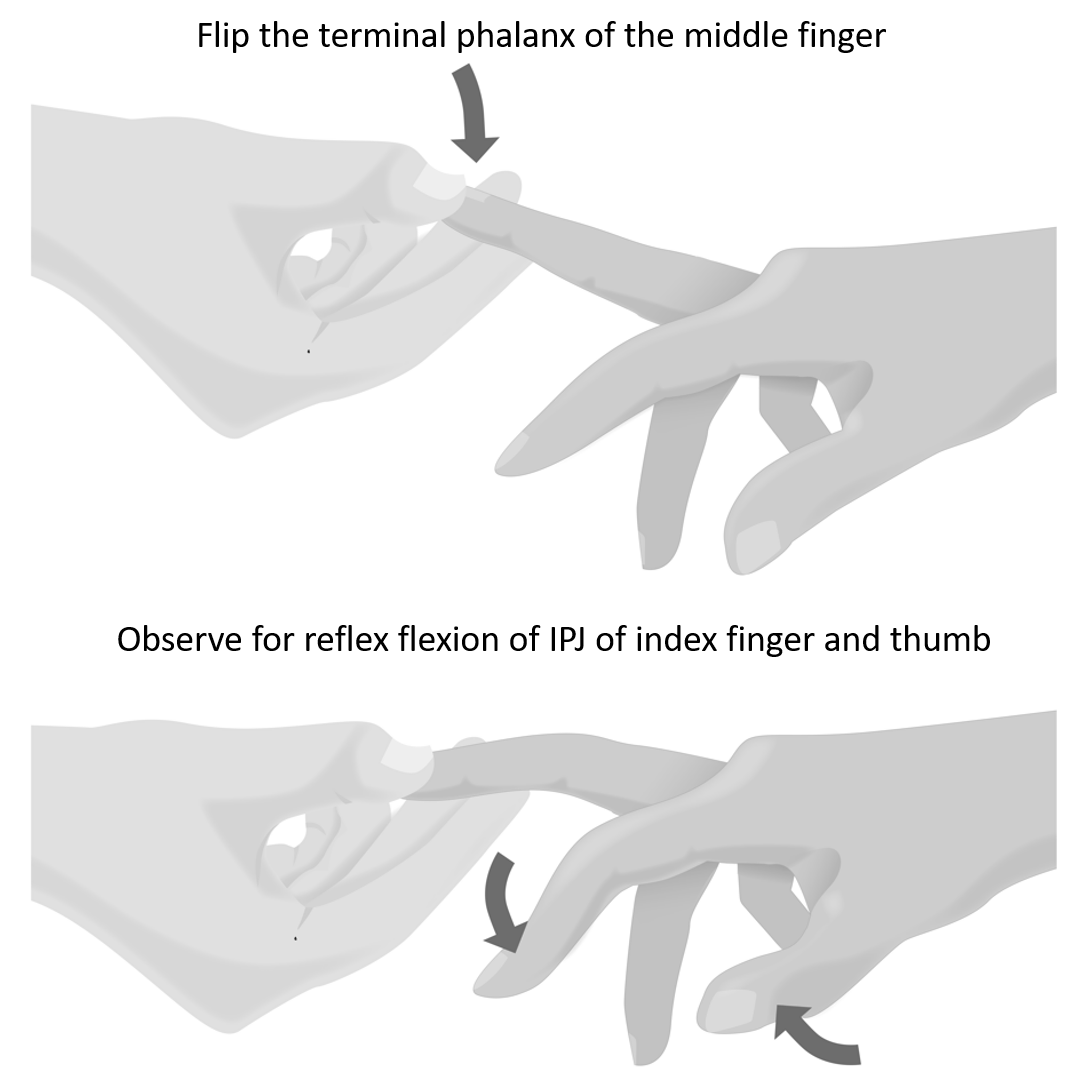
Hoffmann’s Sign
History Method of Eliciting Hoffmann’s Reflex Mechanism of Positive Hoffmann’s Reflex Sudden stretch of the finger flexors causes involuntary finger flexor contraction due to activation of a monosynaptic stretch reflex. Exaggeration of the reflex is caused by hyperreflexia in the setting of upper motor neuron dysfunction. Upper motor neuron lesions…
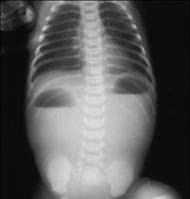
Nine Interesting cases in Neonates
1. Sepsis presenting with Diabetic ketoacidosis like feature in Preterm neonate A thriving preterm neonate had new onset sepsis with off color skin and poor feed tolerance. A workup for sepsis was sent and antibiotics were upgraded to 2nd line agents. Inotrope was added for tachycardia with poor perfusion. By…
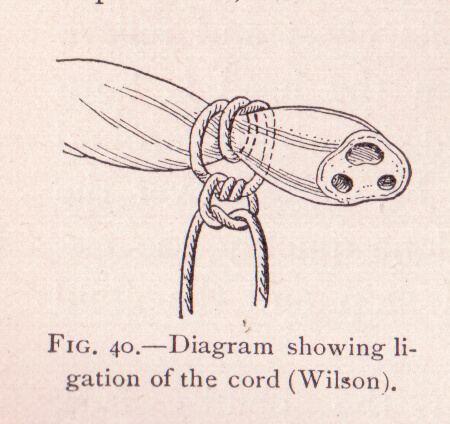
Lesions of the Umbilical Cord in Newborn
Anatomy of Umbilical Cord Umbilical cord is a connecting link between fetus and placenta through which fetoplacental circulation occurs. It is formed from allantois carrying vessels from Fetus to Chorion and passing abdominal stalk. It is around 50 cm long and contains 2 umbilical arteries and 1 umbilical vein surrounded by…

Heart Disease in pregnancy
Mortality risk associated with pregnancy Group I – Mortality <1% Group II – Mortality 5-15% Group III – Mortality 25-50% Commonest in Pregnancy Valvular heart disease: Mitral stenosis Congenital heart disease: ASD Cyanotic congenital heart disease: Fallot’s tetralogy (TOF) Predictors of Cardiac Events during Pregnancy N – NYHA Class >II…
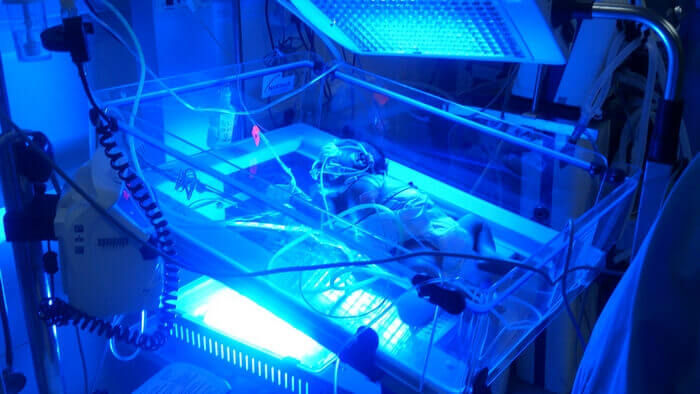
Apt Test in Newborn: Maternal vs Neonatal Blood
We had few cases of suspected GI bleeding, admitted or referred to our NICU. One was case of Hematochezia and other was case of fresh blood in vomitus. Both babies were born to mother with Antepartum hemorrhage. The general condition of the babies were fine, and the vitals. There was…
